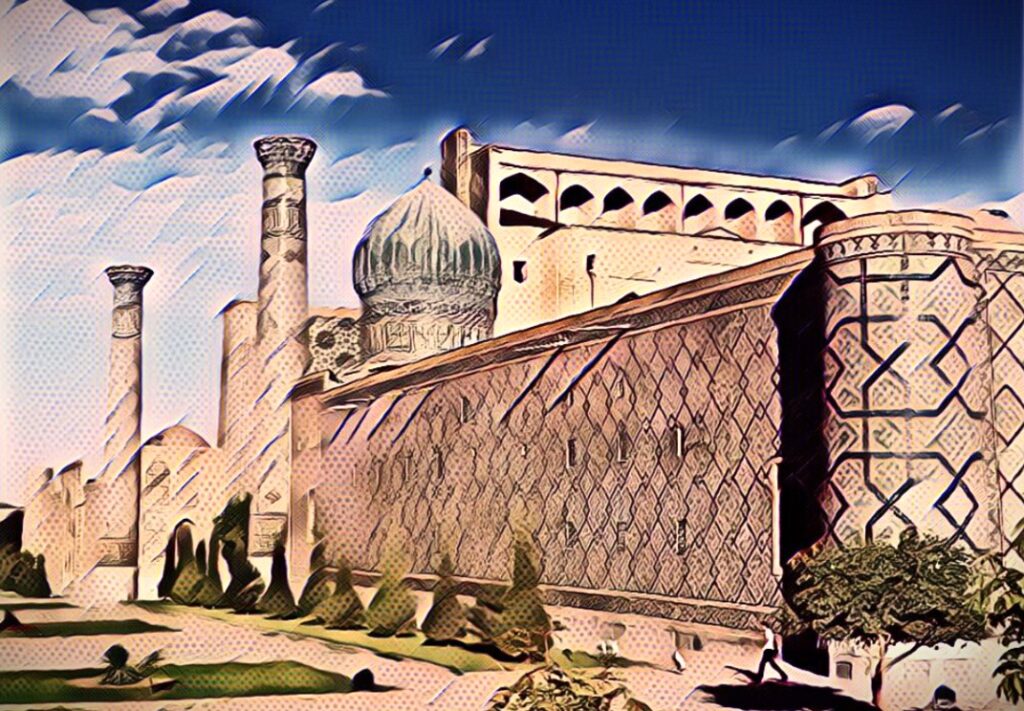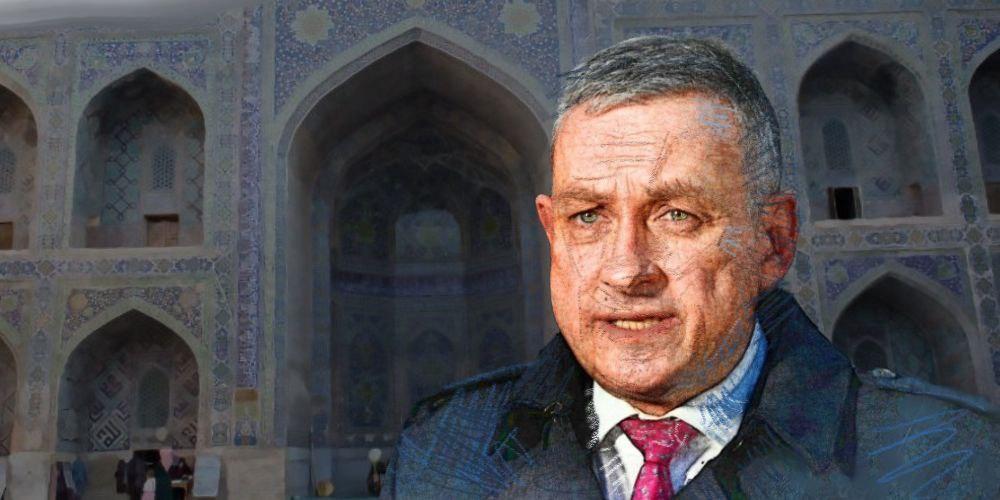Opinion – The Great Convergence: Central Asia and the EU in a New Geopolitical Landscape
The Samarkand Summit, taking place on April 3–4, 2025, represents a defining moment in Central Asia-European Union (CA-EU) relations. Hosted in the historic city of Samarkand, a crossroads of civilizations and trade for millennia, this inaugural summit marks a geopolitical realignment as the European Union seeks to expand its engagement in a region historically dominated by Russia and China. Against the backdrop of Uzbekistan’s proactive foreign policy reforms under President Shavkat Mirziyoyev, the summit signifies a recalibrated vision for connectivity, sustainability, and economic diversification in Eurasia. The symbolism of Samarkand as the summit’s venue is profound. Once a flourishing center of Silk Road commerce and Timurid cultural grandeur, the city embodies the historical role of Central Asia as a bridge between East and West. Over the centuries, shifting empires and economic transitions relegated the region to a peripheral status in global affairs, particularly after the collapse of the Silk Road, its incorporation into the Russian Empire, and the subsequent Soviet era. However, post-Soviet transformations and recent geopolitical shifts — accelerated by Russia’s invasion of Ukraine in 2022 — have reinvigorated global interest in Central Asia. As the EU strives to reduce dependence on Russian energy and counterbalance China’s Belt and Road Initiative (BRI), the Samarkand Summit emerges as an urgent diplomatic effort to establish stronger economic and political ties with the region. At the heart of the summit’s agenda is the Trans-Caspian Transport Corridor (TCTC), a modern-day Silk Road initiative designed to enhance trade connectivity between Europe and Central Asia via the Caucasus, bypassing Russian territory. By offering an alternative route for energy exports and critical minerals, the corridor could significantly reduce transit times by 15–20%, facilitating the EU’s quest for strategic autonomy in global supply chains. For Central Asian states, particularly Uzbekistan and Kazakhstan, the project presents an opportunity to diversify trade partners and lessen their economic dependence on Moscow and Beijing. However, the corridor’s implementation faces substantial geopolitical and financial hurdles. Russia and China may perceive it as a challenge to their regional influence, potentially leading to diplomatic friction or economic countermeasures. Moreover, the corridor’s development requires an estimated $20–30 billion in infrastructure investments, a daunting figure for cash-strapped Central Asian economies. Parallel to trade discussions, the summit will spotlight climate action and green energy investments. The EU’s €1.5 billion Central Asia Water and Energy Program aims to modernize irrigation systems, promote renewable energy, and reduce fossil fuel dependency. This aligns with Brussels’ broader Green Deal ambitions, positioning the EU as a global leader in sustainable development while offering Central Asian states financial and technical support to address water scarcity and environmental degradation. However, challenges persist — bureaucratic inefficiencies, regulatory gaps, and regional water disputes complicate large-scale green energy implementation. Moreover, while hydropower is a viable alternative to fossil fuels, its intensive water usage could exacerbate tensions between upstream and downstream nations such as Uzbekistan and Tajikistan. The summit will also emphasize digital connectivity and modernization, with the Connecting Central Asia (C4CA) Initiative promoting e-governance, high-speed internet expansion,...






